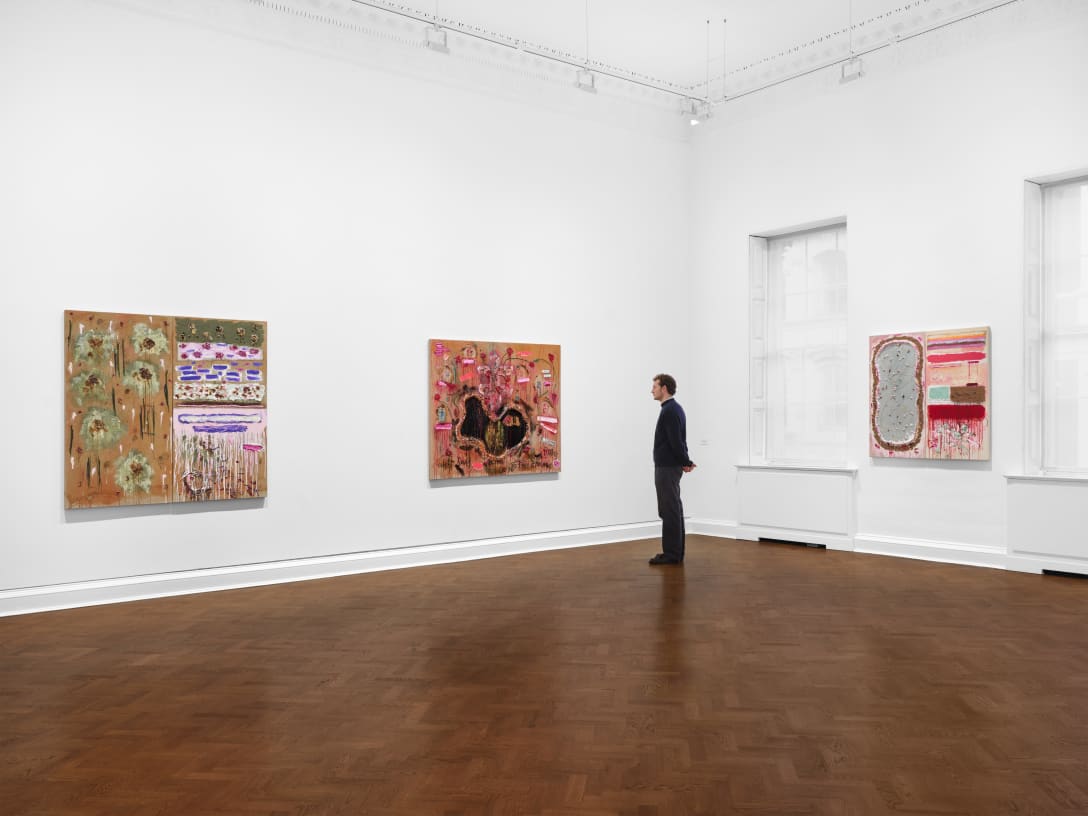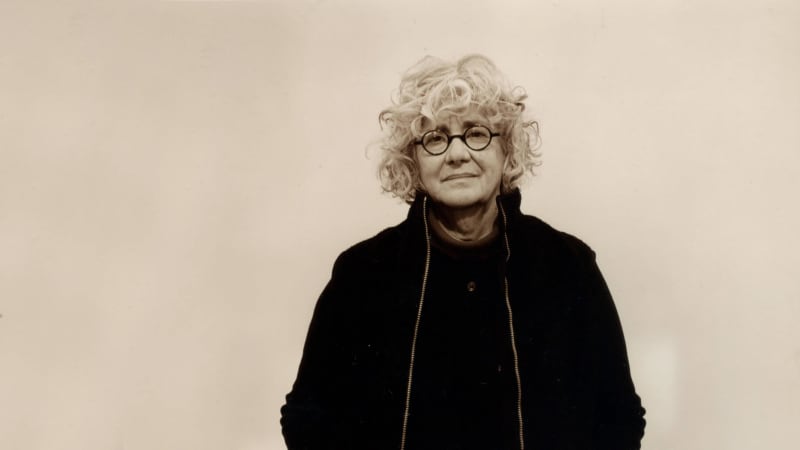Is Abstract Expressionism back? Rachel Jones
For all the transformations and innovations that art has undergone in the long evolution of the modern world, painting repeatedly announces itself as a crucial, ever-inviting medium. Its developments have yielded countless experiments that have challenged the very notion of what makes a painting. Among the watershed turns in the history of the art form, few have burrowed into the popular imagination as irrevocably as Abstract Expressionism. From Jackson Pollock’s splatters to Helen Frankenthaler’s smears, from Cy Twombly’s squiggles to Mark Rothko’s blocks of color, the canonical Abstract Expressionist artists eschewed representation to foreground the intense affective capabilities of color, shape, and the material of painting itself.
Today, a growing number of younger painters have adopted many Abstract Expressionist techniques and modes of exploration to move the tradition away from its now-conventional, male-dominated past into a vivid present. These artists mark a notable shift from last decade’s trends in abstraction, which tended to prioritize pleasing the market and resulted in the aesthetic often referred to as ‘Zombie Formalism.’ With enlivened practices of rigorous craft and deeply felt personal stakes, the following artists – all of whom are showing at Art Basel Miami Beach this year – exemplify what we might call Neo-Abstract Expressionism.
--
Rachel Jones (b. 1991, London, UK) has made a serious impression in recent years with transfixing works featuring energetic traces of scraping, rubbing, and deliberate gesture. According to the gallery, Jones engages what she calls an ‘exegesis of color’: she covers the canvas with thick, emphatically rendered patches of oil stick and pastel, scattered with brisk lines and blurred collisions to illustrate her interior world. Paintings such as SMIIILLLLEEEE (2021), in which a central pair of overlapping circles is surrounded by sections of bright yellow, orange, and mahogany, cut through with fastidious scribbles, bring to mind maps of ever-evolving territories.
Another work, also called SMIIILLLLEEEE (2021), is blasted even more thoroughly with vigorous angles and ecstatic shades of purple, green, and sizzling red. As the common titles indicate (those are but two of many distinct SMIIILLLLEEEEs, while numerous other paintings share names, as well), Jones is interested not only in the effects of repetition in general but, especially, in the motifs of mouths and teeth – those disorderly forms that move at the threshold of a body’s inside and outside. In A Slow Teething (2020), the sections dappled with reds, greens, and browns conjure teeth in a state between rot and becoming; in one of several works titled say cheeeeese (2021), the canvas is completely overtaken by frenetic yellow and licks of purple. Hardly arbitrary, such repetitions and references to the body are crucial to communicating Jones’s non-normative experience of herself in the kinship of Black community.















































































































































































